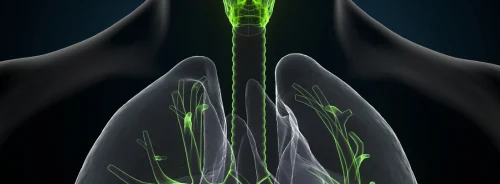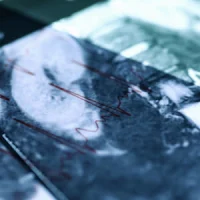University of Minnesota researchers (Minneapolis, MN, USA) recently compared neuroimaging use for patients with dizziness in outpatient clinics and emergency departments and found that head CTs and MRIs were most likely overused.
Dizziness is a widespread symptom in emergency room and outpatient clinic patients. However, past studies revealed that only 0.6% to 3.6% of CT scans and 3.9% to 12.2% of MRI exams offered clinically significant findings for dizziness. Neuroimaging is expensive – so when evaluating dizziness, it only provides low-value care. This study aimed to characterise neuroimaging use, timing, spending, and the factors associated with imaging acquisition in patients within six months of presenting with dizziness. Building a comprehensive understanding of neuroimaging uses and costs across care settings can better inform practice and policy.
In 805,454 patients evaluated for dizziness between January 2006 and December 2015, the neuroimaging rates were 35% and 15%, respectively, for emergency department and outpatient clinic presentations. Neuroimaging is associated with age, race and ethnicity, and comorbidity. CT was used 92% of the time. Between the initial presentation and six months after, head CT, brain MRI, cerebrovascular ultrasound, and MRI angiography represented 47%, 25%, 15%, and 9% of imaging for dizziness, respectively. Use of head CTs prevailed regardless of the setting, whereas MRI was more often performed after outpatient presentations. This accounted for 70% of total neuroimaging spending – about USD $88.6 million.
Neuroimaging is expensive but only revealed clinically significant findings for a small percentage of patients with dizziness. In an accompanying editorial, Drs Jorge Kattah of the University of Illinois in Peoria and David Newman-Toker of Johns Hopkins University in Baltimore wrote that these findings indicate that a better protocol for diagnosing the cause of dizziness is needed. Furthermore, physicians receive a false sense of security with normal results because CT scans miss more than 80% of posterior fossa strokes. Since switching to MRI would only increase costs, switching to clinically functional tests (e.g., eye movements) may improve bedside diagnoses.
Source: JAMA Otolaryngology - Head Neck Surgery
Image Credit: iStock
References:
Adams ME, Karaca-Mandic P,Marmor S (2022) Use of Neuroimaging for Patients With Dizziness Who Present to Outpatient Clinics vs Emergency Departments in the US. JAMA Otolaryngology–Head & Neck Surgery.
Latest Articles
MRI, healthcare spending, emergency medicine, x-ray computed tomography
University of Minnesota researchers (Minneapolis, MN, USA) recently compared neuroimaging use for patients with dizziness in outpatient clinics and emergen...










